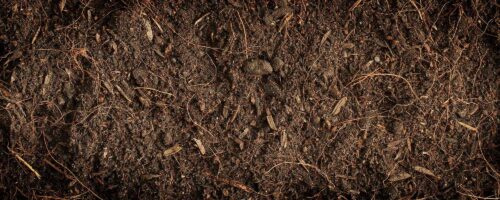Appropriate water quality is fundamentally important for fish and aquatic plants, and muddy water limits production of both. Ideal clarity for largemouth bass and bluegill production in ponds without substantial vegetation is 12- to 30-inch visibility, with primarily phytoplankton turbidity. Turbidity is cloudiness caused by suspended or dissolved material. Sport fish also perform well in clearer water when substantial aquatic vegetation is present. Ideal clarity for aquatic plant production is generally greater than 36-inch visibility.
Standardized measurement of water clarity helps monitor changes and communicate these changes to others. A Secchi disk is a simple, standard tool used to measure water clarity. It is an 8-inch (20 centimeter) diameter, black and white disk attached to a dowel rod, PVC pipe, rope or chain. Inch or centimeter intervals are marked on the rod, pipe, rope or chain with permanent ink, paint or clamps. Secchi disk measurements tend to be easier and quicker using a rod or pipe versus a rope or chain, except when water is very clear. Very clear water may require an excessively long rod or pipe.
To obtain a measurement, the disk is lowered into the water while observing the depth at which it disappears. It is lowered some more and then raised while observing the depth at which it reappears. The Secchi disk measurement is the average of the two observations.
The date, Secchi disk measurement and source of turbidity should be recorded each time water clarity is measured. Sources of turbidity are usually sediment (brownish muddy color), phytoplankton (greenish color), humic stain (tea color from decaying leaves or plants) or some combination of these. Secchi disk measurements are most accurate when taken on relatively calm, sunny days during the middle of the day from a dock or some type of floating device such as a boat, float tube, air mattress or life preserver.
Secchi disk measurements provide objective means to evaluate water clarity versus subjective statements such as “It is clear,” or “It is muddy.” One person’s clear water may be another person’s muddy water. Regularly recording Secchi disk measurements indicate water clarity trends before and after management. They help monitor management success and can be useful for determining whether and when any additional treatments are necessary.
Examples of management to reduce muddiness of water include fencing to exclude livestock, bullhead control, planting aquatic vegetation, fertilization, alum application and gypsum application. When trying to monitor water turbidity changes, Secchi disk measurements should begin prior to such treatments and be measured at least monthly or quarterly until clarity improves satisfactorily.



Comment